Artificial intelligence (AI) is the set of computational algorithms that aim to mimic human intelligence to perform complex or tedious tasks with a large set of information. Machine learning or ML models are used for this purpose, Machine Learning) to which they are given a large number of examples of the task to be performed so that they can learn from them and in the future be able to give a correct solution to new cases. This process is called training (or training in English). To check whether this training has been carried out correctly and the model gives good results, another stage called testing is carried out. At this stage we simulate the environment in which the model will work in a real case, but we know the result that should be obtained. Therefore, we can calculate how well our model is working as we can compare the answer given with the actual result we knew.
AI is increasingly present in our daily lives in everyday actions such as unlocking our mobile phone with our face or receiving recommendations on which films to watch based on our tastes. But could a computer analyse a long and complex text and find the most important information?
Of course! AI is capable of summarising texts of any length and complexity using natural language processing, or NLP, Natural Language Processing). NLP are algorithms that transform any language from human language into a language that computers understand in order to process it and obtain information. In this way they are able to perform tasks such as machine translation, creating answers to questions or extracting key information (summaries).
Introduction to abstracts
Like us, AI is also capable of summarising in various ways. The two types of summaries we can make, both by hand and with the help of AI, are extractive and abstractive. What is the difference?
Differences between extractives and abstractives
Extractive summaries are those that compose a text from the most important parts of the original text. Words or phrases are taken verbatim as they appear in the text and concatenated to create the summary. If a human were to do this kind of summary, he or she could follow the following process: read the text, find the most important information, underline it and copy the highlighted sentences into a separate document.
On the other hand, abstractive summaries are those that present the most important ideas of the text by transforming the syntax originally used. In this way the AI is able, for example, to simplify the language of the original text. In this case, the equivalence with the process a person would do would be to read and analyse the document and then rewrite the most important information in their own words.
Benefits of extractives
By having to modify the language used, abstractive summaries are more costly in terms of time and computational resources than extractive summaries. For this reason, extractive summaries are very useful when we need a quick and precise solution, and it is not a problem to maintain the type of language used in the original text. For example, this type of summary is suitable when we want to get the main ideas of articles without reading them in their entirety.
AI steps for extractive abstracts
But how do they do it? The first step is for the computer to read the text. Then analyse their parts and compare them. In this way it is able to find the most important phrases and words. Once found, it sorts them according to their appearance in the original text and concatenates them.
What do we use them for in Bounsel?
Thanks to this process, Bounsel provides an overview of your documents in our file repository so that you can quickly find the document you are looking for without having to open them.












